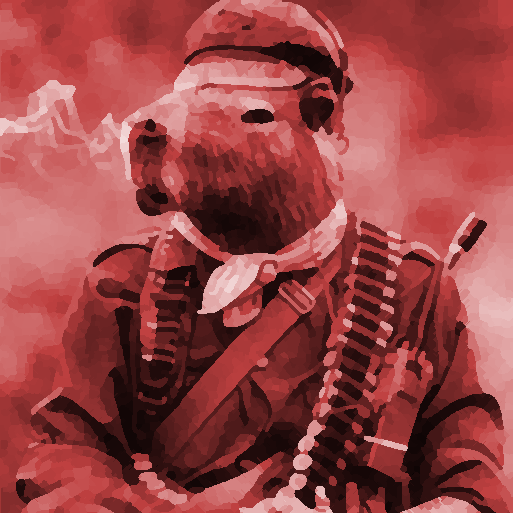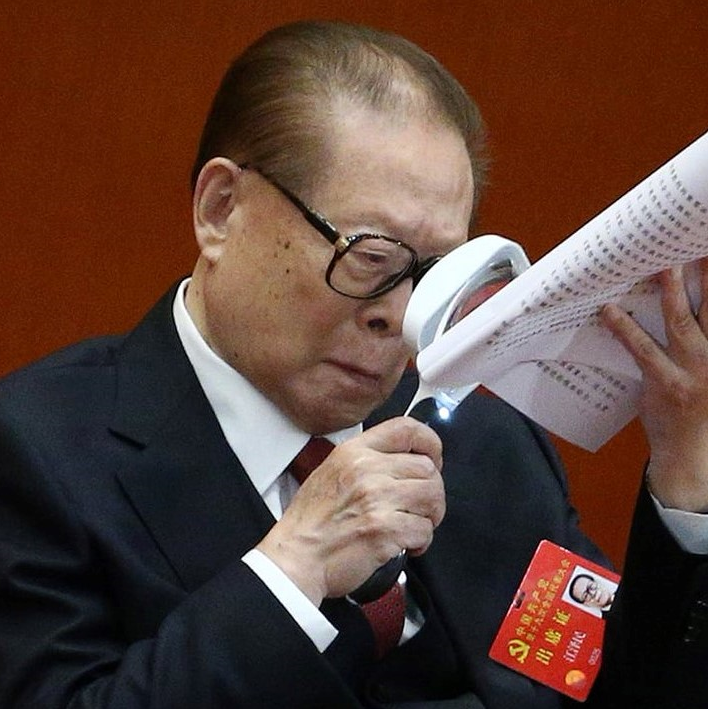Discussion in the Matrix reading group (see this post for instructions on how to join) this Saturday/Sunday, and anyone who’d rather discuss the text here can do so instead (a few questions will be posted here as well) 👌
If anyone wants a reminder on the weekend for this and/or future discussions, mention it in the comments


Here are my answers (please correct me if anything is wrong) to questions 1-4:
Labour is the act of doing something that produces use value (e.g. making mud pies isn’t labour unless it’s going to be useful in some way). Labour power is a promise to perform labour in some agreed-upon manner in the future.
Labour can’t be sold – once labour begins, it’s already being performed, and nobody would pay for that. You can sell a promise of future labour (labour power).
A commodity is anything made for exchange or production of other commodities, including labour power (i.e. it doesn’t have to be a physical thing). Labour power is the sole (more or less) commodity sold by workers to capitalists; capitalists use the labour power to have labour performed and “imbued” into new commodities that are sold at a later time. In other words, a commodity consists of accumulated labour and the physical resources used by that labour.
Capital is a commodity (or set of commodities) that is strengthened by living labour, which preserves and increases its exchange value. It consists primarily of means of production (e.g. machines), materials, and money used to buy commodities that strengthen the capital (e.g. labour power).
A commodity’s value is the socially necessary labour (i.e. the labour required to create an average commodity of that type, by an average labourer working at an average speed and efficiency) embodied within it. Its exchange value is the only way in which its value is expressed under capitalism, defined by the relations of exchange between it and every other commodity (simplified through the use of money). The exchange value of every commodity constantly changes, but on average (across changes in supply and demand), it’s proportional to the commodity’s value.
As the socially necessary labour time required to produce an average commodity of a certain type changes, so does its value (e.g. if a new machine halves the amount of time required to produce a certain commodity, the value of all existing commodities of that type will also halve, and the exchange value will eventually equalize around the value).